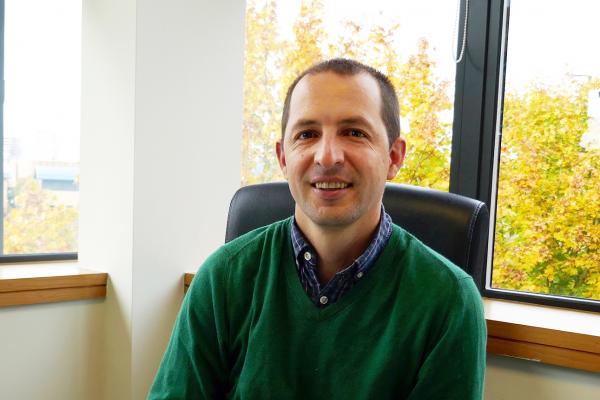Turning trash into treasure
Dumped waste, from used nappies to industrial by-products, have long wound up in landfills and can take hundreds of years to decay. In October we speak to the scientists figuring out how to keep such items in use to reduce rubbish and create a so-called circular economy. We learn about new efforts to mine industrial waste for the rare metals that go into making aircraft parts, pacemakers and bicycle gears, and find out about the culture shift needed to develop a zero-waste society. We also speak to the researchers building a biorefinery to turn soiled nappies into fertilisers and raw materials, and look at whether seaweed could become the next plastic.
A significant amount of the single-use plastics that we use ends up in our oceans. As people increasingly ditch these plastics, seaweed — also known as macroalgae — and microalgae could be the solutions to the world’s plastic food packaging problem. These are being used to develop everyday items, from edible water bottles to coffee cups to biofuels.
Businesses and consumers need to stop thinking of products as things to own and move towards a culture of sharing and repairing if we are to fulfil the ambition of creating a circular economy, according to Felipe Maya, project and innovation manager at sustainable engineering firm Exergy, headquartered in Coventry, UK.
Miners could soon be scouring mounds of industrial waste to extract rare metals that are needed for products such as electronics, pacemakers, aircraft parts and bicycle gears.
Thousands of soiled nappies that were destined to clog Italian landfill sites or incinerators are being redirected to a recycling plant that is turning them into streams of high quality raw materials, in a new process that it is hoped will be replicated around Europe.
Bi-weekly news alert
The best Horizon stories, delivered to your inbox
Subscribe now





